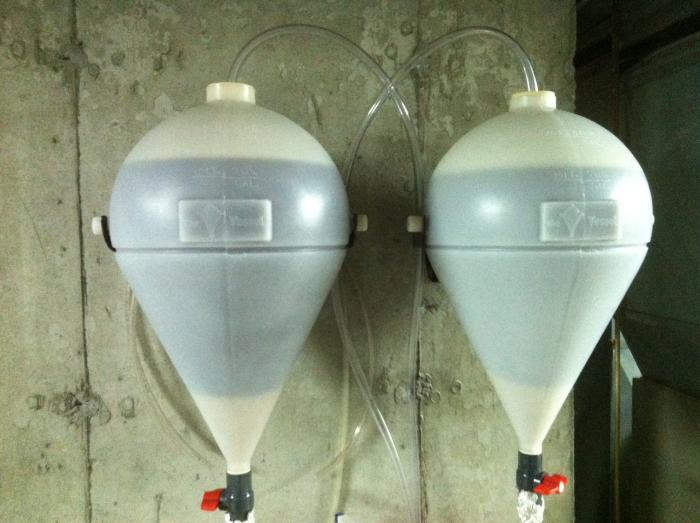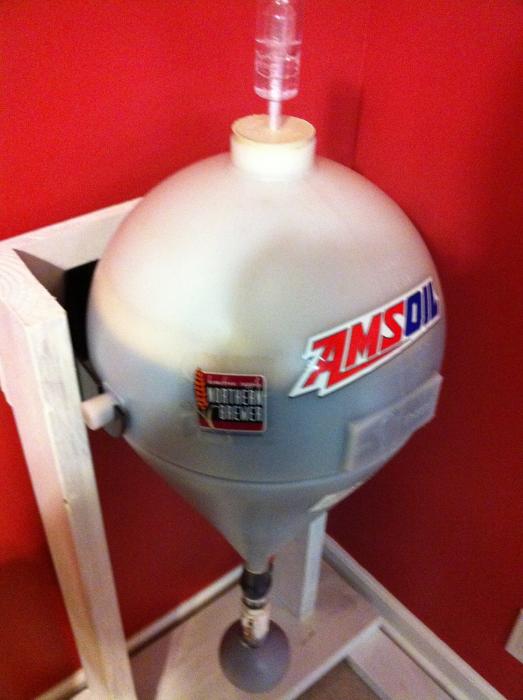I looked around quite a bit before posting this and couldn't find any direct threads related to this question, more just some that mentioned it.
Very briefly, i'm an AG brewer and did a 10 gallon batch of an IPA a few weeks ago. At the end of my boil I do a whirlpool in the kettle, let everything settle out, then I pump from the kettle through a counter flow wort chiller into the fermenter.
The attached picture shows what my fermenters look like about 20 minutes after settling out on the wall. No yeast is pitched yet. My question is, since I have a conical type fermenter should I take the 5 minutes to dump this trub off before fermentation begins. I'm assuming its a combination of hot/cold break.

I have never dumped it off, and I think my beer turns out really well, so i'm wondering if it is really worth the effort. I'm wondering if this is just standard practice for people with conical fermenters before they pitch the yeast and i'm not on the bandwagon yet.

Very briefly, i'm an AG brewer and did a 10 gallon batch of an IPA a few weeks ago. At the end of my boil I do a whirlpool in the kettle, let everything settle out, then I pump from the kettle through a counter flow wort chiller into the fermenter.
The attached picture shows what my fermenters look like about 20 minutes after settling out on the wall. No yeast is pitched yet. My question is, since I have a conical type fermenter should I take the 5 minutes to dump this trub off before fermentation begins. I'm assuming its a combination of hot/cold break.
I have never dumped it off, and I think my beer turns out really well, so i'm wondering if it is really worth the effort. I'm wondering if this is just standard practice for people with conical fermenters before they pitch the yeast and i'm not on the bandwagon yet.




